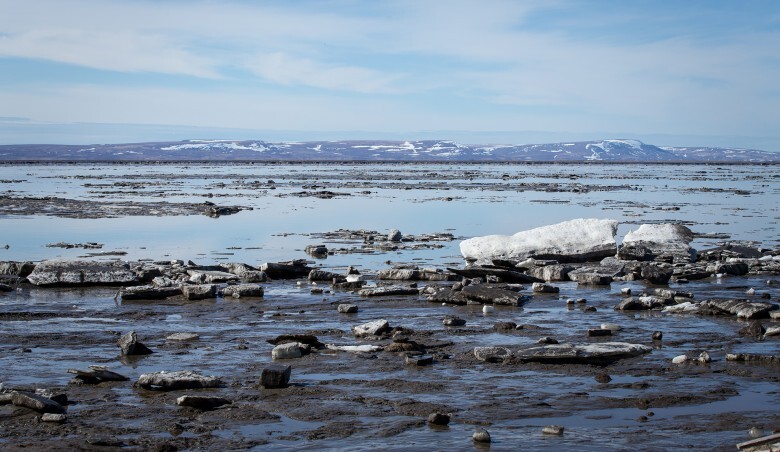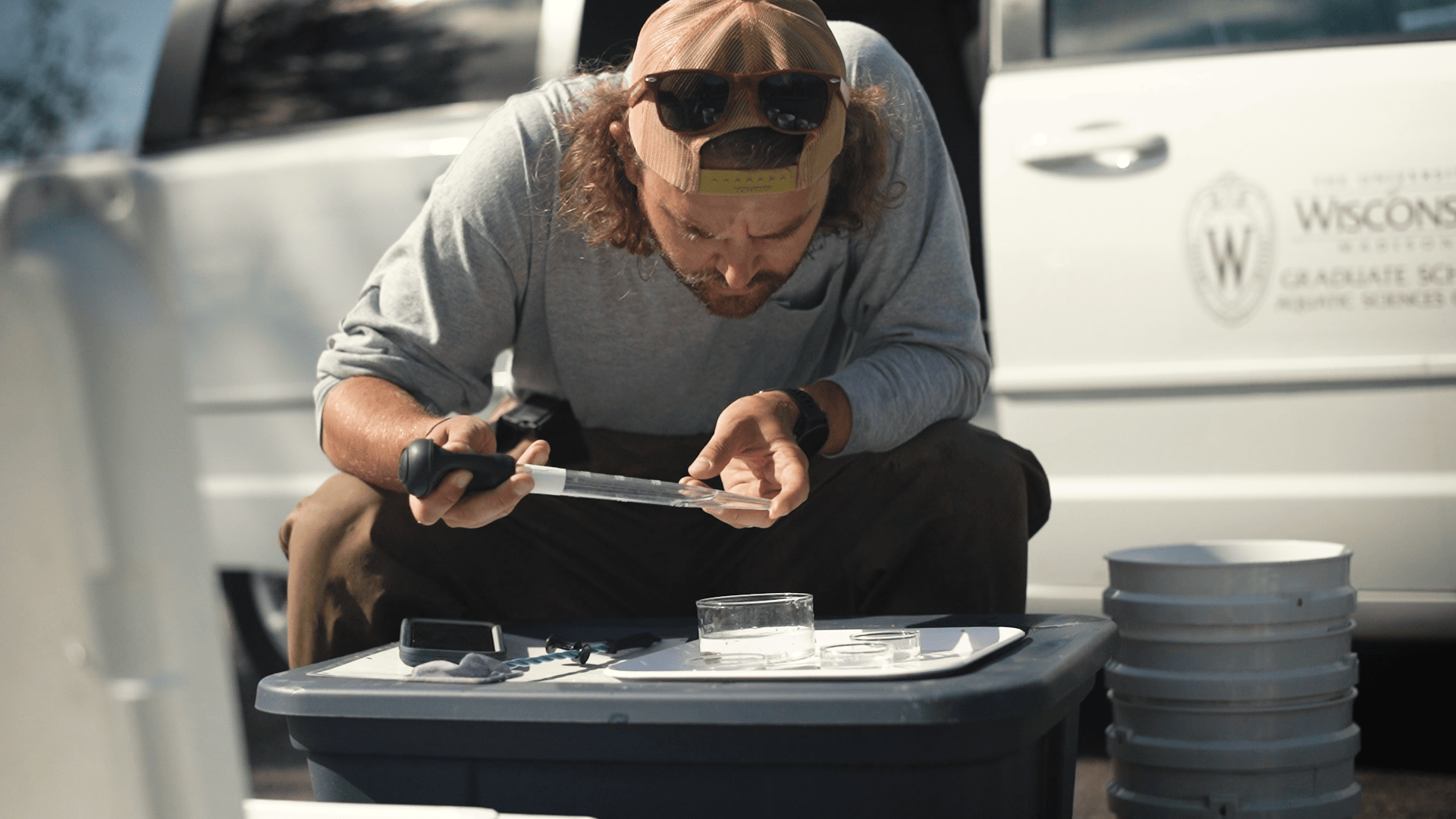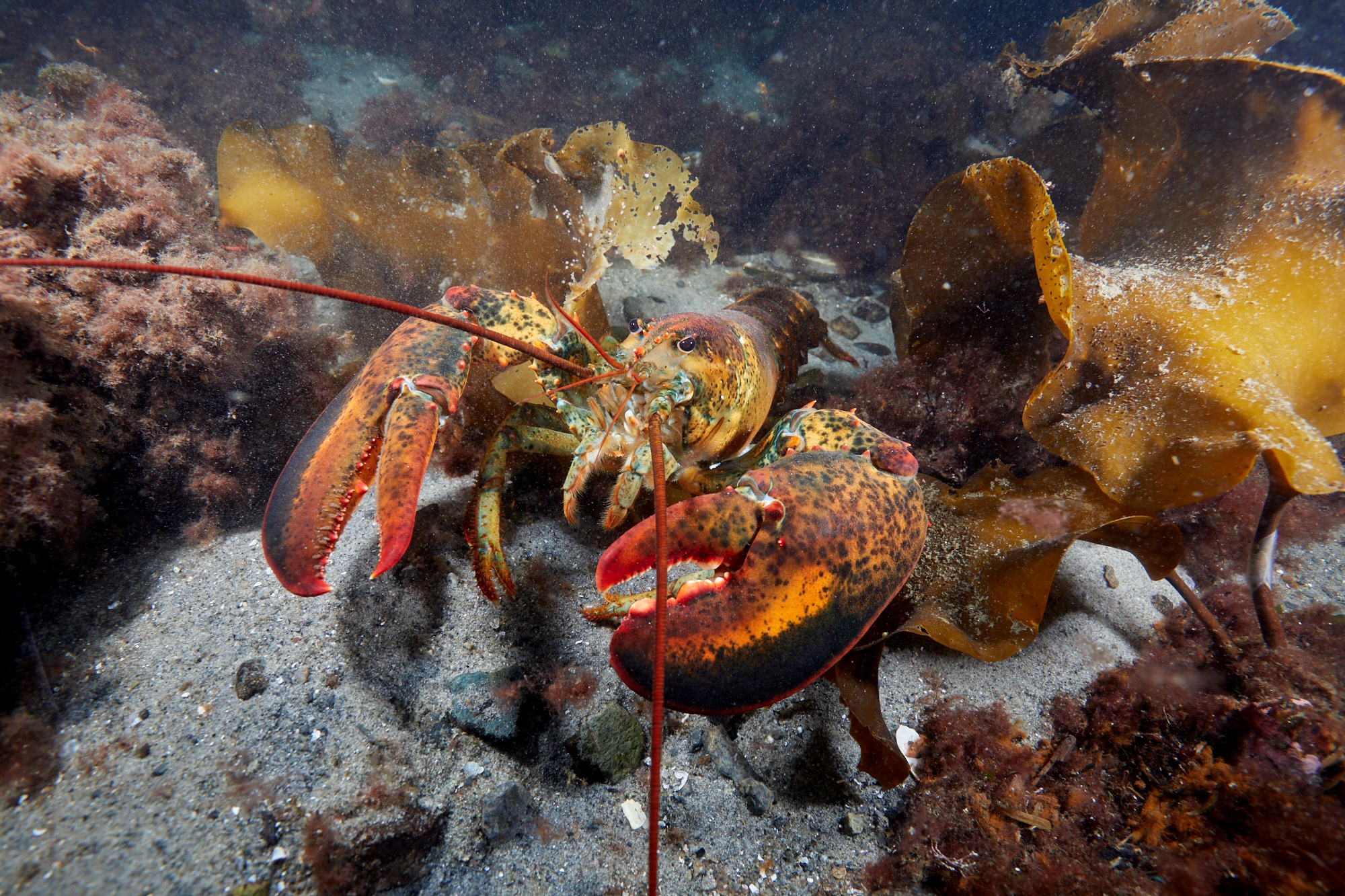By Emily Woodward, Georgia Sea Grant
“Alright, everyone, bend your legs, hold your arms up like you’re flexing your muscles, and pretend your hands are pinchers. It’s time to crab walk our way to the aquarium,” says Hannah Edwards as she leads a 20 eager first graders towards the touch tanks at the UGA Marine Education Center and Aquarium on Skidaway Island.
Edwards, who has a degree in environmental science and policy from the University of South Florida, is one of four marine education interns spending a year at the center teaching pre-K-12 grade students about coastal ecosystems.
“Today, I’m teaching first graders about marine animals while we tour the aquarium, tomorrow I’m leading a squid dissection with a group of high school students and next week I’m trekking across a barrier island with seventh graders and teaching them about coastal habitats,” Edwards says. “I’m really enjoying the outdoor learning style and flexibility this internship offers.”
For over 28 years, Georgia Sea Grant has been providing recent college graduates with experience in environmental education through the marine education internship at the Marine Education Center and Aquarium.
The interns lead 40 different field and lab classes focused on marine science and ecology and reach thousands of students across the state.
“It’s a great experience for students just out of college. They get to apply the information learned in the classroom while trudging through the salt marsh with students,” says Anne Lindsay, associate director of marine education at Marine Extension and Georgia Sea Grant.
“Our interns gain content knowledge about Georgia’s coastal systems and issues while learning how to work professionally in small teams, network with others, and contribute to Marine Extension and Georgia Sea Grant’s public service and education mission,” Lindsay says.
Lindsay and the rest of the education staff at the center serve as mentors throughout the year, sharing best practices for classroom management, natural history interpretation and effective teaching strategies indoors and out.
Relationships and mentorships that form while working at the center often extend well beyond the internship period.
Sarah Jose, a 2005-06 intern, is now a program manager at the Oso Bay Wetlands Preserve in Corpus Christi, Texas. She recently made a trip back to the Georgia coast to host a birding symposium with Mary Sweeney-Reeves, a marine educator at the center.
“I realized while leading sessions during the symposium that I still use some of the teaching techniques and resources that I picked up while I was here,” Jose says. “I’ve shaped these techniques into a format that works for my teaching style, but the foundations of these education skills were learned during my time as an intern, which is really cool.”
Since 1999 more than 100 interns have participated in the program. Many have gone on to lead professional careers in natural resource management, marine policy, classroom and environmental education, marine research and animal husbandry.
Mare Timmons, the Marine Education Internship Director, says there are several factors feeding into the success and sustainability of the internship program.
“There’s a constant energy that visiting students bring to the Center. Exploring the outdoors, sharing knowledge and creating memories with these students can be incredibly inspiring to a budding marine educator or anyone interested in the natural world,” Timmons says. “There’s also our rock-solid team of senior educators who bring a diverse array of backgrounds and institutional knowledge to the table.”


